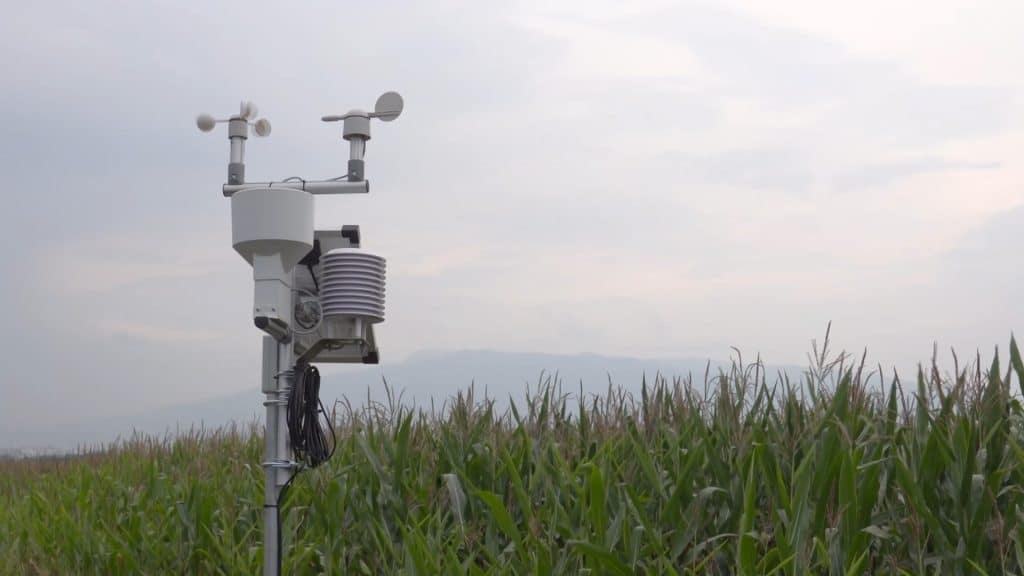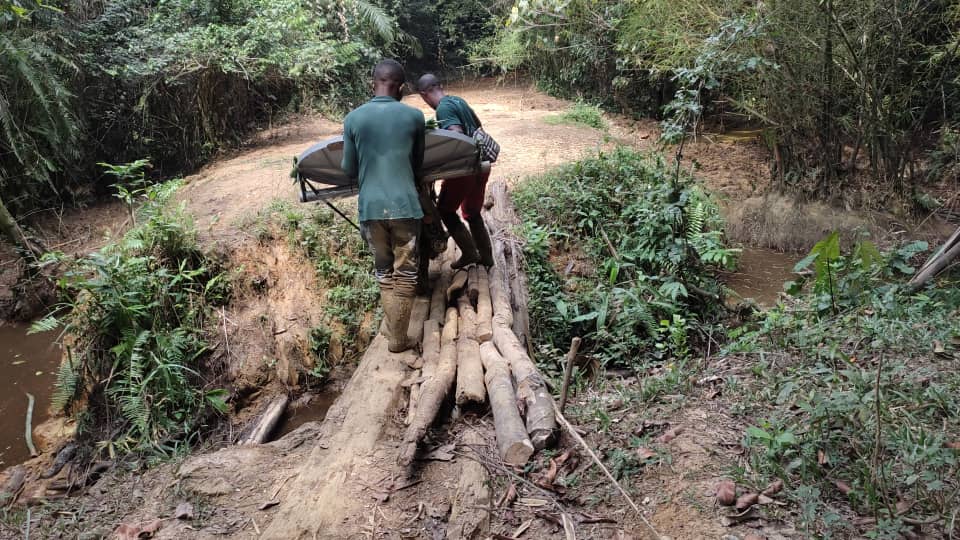Increased Demand for Content Creates Opportunities for Broadcasters in Africa
Intelsat helps broadcasters tap into growing direct-to-home market and bring in-demand content to more viewers across the continent
Viewership habits in Africa are changing as consumers continue to demand a more personalized media experience across a variety of connected devices and one that’s catered to their growing preference for more localized content, international news and entertainment offerings.
The continent – with the world’s second largest and youngest population – is currently home to the largest growing TV market and offers a wealth of opportunities for broadcasters looking to tap into a growing direct-to-home (DTH) market.

Understanding the market potential
Africa is already a large DTH market where free-to-air (FTA) channels are prevalent. In 2017, for example, there were an estimated 13.7 million satellite TV subscribers in sub-Saharan Africa alone.
The survey was conducted across 36.3 million TV households in the top five growing economies with strong viewership in sub-Sahara Africa, including: Ghana (2.7 million); Nigeria (14.9 million); Ethiopia (2.9 million); Kenya (5.1 million); South Africa (8.5 million); and Tanzania (2.2 million). It’s worth noting that these markets represent a wide variance in the percentage of the population with a TV in their household: South Africa (82.2%); Ghana (47%), Nigeria (40%); Kenya (28%); Tanzania (10%); and Ethiopia (5%).
Key findings from the survey reveal that FTA is most prevalent in Ethiopia, Kenya and Ghana, the country with the highest proportion of people without an FTA decoder. Conversely, Pay-TV is more prevalent in Tanzania and Nigeria. While viewers primarily watch TV at home, a large percentage watch outside their homes, including places of worship and restaurants. Most of the respondents are interested in high-definition (HD) content, but don’t have a capable receiver.
Opportunities for broadcasters
Opportunities abound for broadcasters to increase their market share in Africa and open new revenue possibilities by offering differentiated and higher-quality content and service to the continent’s viewers. In order for broadcasters to achieve growth in desirable African markets however, they need to first overcome several challenges – the biggest of which is likely infrastructural and related to a lack of fiber or unreliable terrestrial connectivity for broadcast transmission.
One way to overcome these terrestrial connectivity challenges is to look at non-terrestrial alternatives, such as satellite, which already plays a crucial role in video distribution throughout sub-Sahara Africa today. Intelsat provided the first of many video-distribution services in Africa that included the support for DTH platforms and support for, and assistance to, countries making the move to digital terrestrial television (DTT) applications.
Today, Intelsat operates the largest satellite fleet over Africa, with seven prime orbital locations, and the largest video neighborhoods serving over 200 broadcast customers. Through our prime orbital locations, we provide international and local coverage to communities throughout the entire African continent, reaching more than 40 million people via active pan-African and top international channels in 10 languages, and across a variety of genres.
We have consistently demonstrated our expertise, reliability and credibility in the region by helping customers make the switch from analog to digital, upgrade to the latest video formats including SD, HD and 4K, and efficiently manage their bandwidth.
To learn more about how Intelsat can grow your FTA audience in Africa, get in touch with one of our 3 regional offices, or contact us online.






















